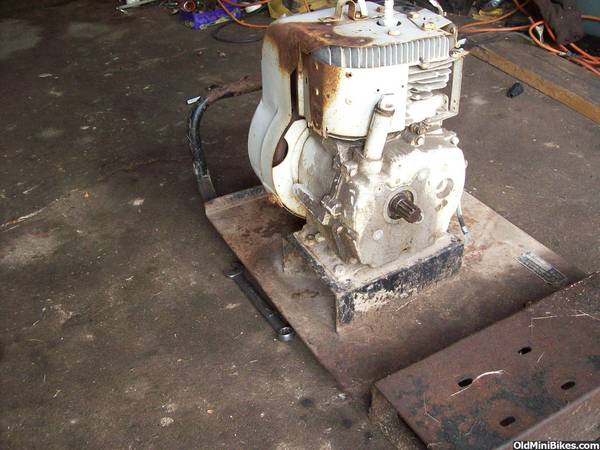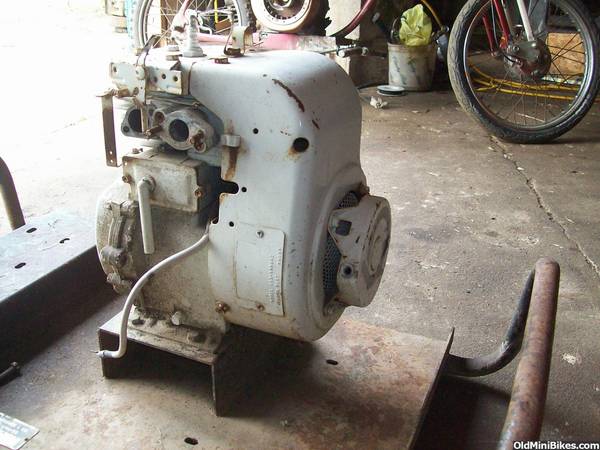First you're gonna need a Tec big block.. In this case we have a VERY LOW hours HM50 big block.. HM being the iron bore aluminum block, it will look all the same, but have a hidden iron cylinder..
When I received the motor it had been a salvaged power sprayer. Kevinheimer got it from his dad who bought it new years ago, used it once, then it sat forever.. Eventually Kevinheimer and Doug robbed some parts for some project they had came across.. It sat for some more years before I found it..
Needs a crank and some gussying up but the base is nice.. Low miles, not smashed in half from the junkyard, what more can ya want?? :shrug:


When I received the motor it had been a salvaged power sprayer. Kevinheimer got it from his dad who bought it new years ago, used it once, then it sat forever.. Eventually Kevinheimer and Doug robbed some parts for some project they had came across.. It sat for some more years before I found it..
Needs a crank and some gussying up but the base is nice.. Low miles, not smashed in half from the junkyard, what more can ya want?? :shrug:
